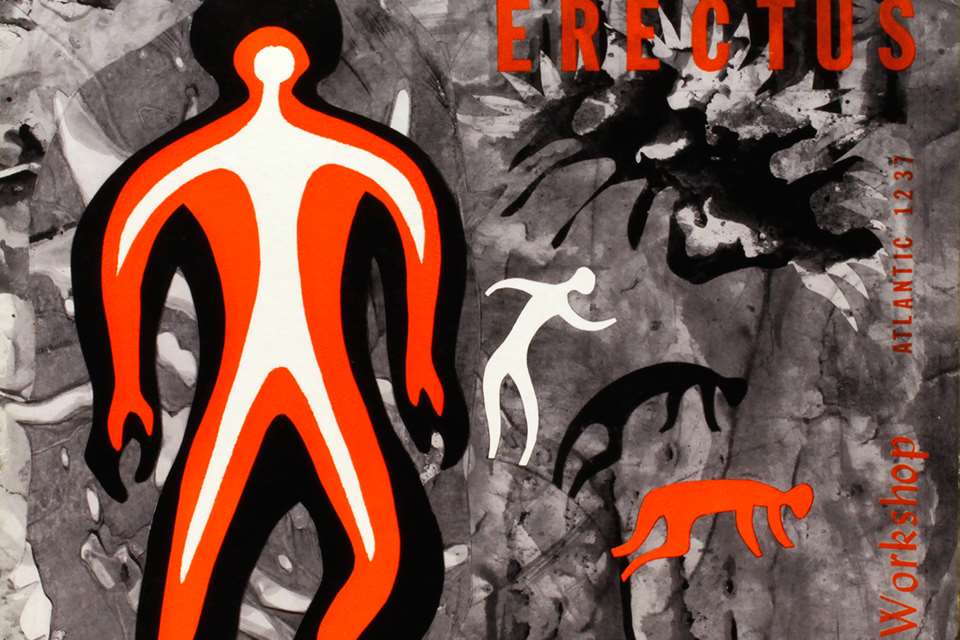Double-bassist Thomas Morgan: “For me music has always been the most natural and the deepest way to share something with people”
David Gallant
Friday, November 15, 2019
The double-bassist talks to David Gallant about his formative years in music and the instruments he has played

Thomas Morgan is one of those gifted young musicians who seems reluctant to step into the spotlight. As he says, “I’m pretty introverted and would probably be much less social without music. But for me music has always been the most natural and the deepest way to share something with people.”
Born into a musical environment in the Bay Area where The Beatles and The Mamas and The Papas were often on the turntable, along with Ella Fitzgerald and a collection of classics, his mother decided to show him the rudiments of music on the family piano when he was six. Soon afterwards he decided that he wanted to learn to play the cello. “I started in a beginners’ strings class, before later taking private lessons and ended up by playing in the East Bay Youth Orchestra (then called YOSAC),” he continues. “In sixth grade I had a duo with a classmate where we both sang and wrote songs; he played guitar and I played cello and bass. I played some in church too, and sang in a community children’s choir, which led to some choral recording work. Then, right before high school, I started playing the double-bass, and in my high school years I became much more active in playing with a variety of groups.” Morgan went on to further his studies at the Manhattan School of Music: “A friend went there a year before me and recommended it. The fact that the campus was basically New York City was appealing.”
Ray Brown was one of Morgan’s early influences and he tells of how his perseverance to meet Brown and request a lesson finally paid off: “When I was at home on summer break, Brown played a week at Yoshi’s in Oakland. It was around my birthday and I asked everyone in my family for tickets to see him. I got to hear most of his sets that week and I asked him for a lesson. He was too busy, but after I went back to New York to start school again he played at the Blue Note, and there he agreed to give me a lesson. One of the most interesting things he impressed on me was the importance of left-hand pressure in making a full sound. But actually, for me, the most amazing thing was being in the same room with this person that I had listened to and looked up to so much.”
Double-basses are relatively thin on the ground – particularly good ones, so how I wondered did Morgan come to acquire his instrument. “I’ve had the same bass since I started playing in 1994,” he explains. “It belonged to Ariel Witbeck in California. She had inherited a collection of cellos that she lent to kids in developing countries and she also had two basses, one of which I rented and later bought. The inside says ‘Made in Germany’ and I’ve been told it’s likely from the mid-20th century. I compared this one with a few other basses when I first started to play, but this one stood out and I’ve continued to enjoy it over the years. I think it’s possible to get a certain intensity of sound from it in those moments when that’s what you’re looking for, but it’s not excessively bright.”
By contrast, electric basses could be said to be ten-a-penny. “I had a cheap bright red one in junior high (1992), but I don’t remember the brand or how I got it,” says Morgan. “The pickup and fretboard had issues and later, in 1998, I needed a more reliable instrument for various work, including playing in pit orchestras and in the Grammy high-school band. On a recommendation I got a Warwick, but never felt comfortable with it. Actually, I didn’t really appreciate the electric bass in general until a few years later, when I first listened to James Jamerson. But, by then, I was dedicated to the double-bass and I didn’t think about playing electric bass again.”
So what strings does Morgan lace his double-bass with? “I usually try something different every time, but at the moment it’s Thomastik Superflexible solo strings,” he replies. “I like that the tension is lower, like gut strings, but they last a very long time.” When it comes to amplification, Morgan confirms that he initially used a Polytone: “Then I switched to a Gallien Krueger MB150s, which I had until 2017. Since last year, I’ve been using an Aguilar AG 700 that’s light enough to take with me on tour, which is really useful, as I always end up by playing different basses and that element of consistency can help.”
Over the past few years Morgan has been working and recording with highly-influential guitarist Bill Frisell: “I feel like I learn so much and get so much inspiration from hearing him up close night after night. In 2013, we played our first gigs at Bill’s residency at SFJAZZ, which included a duo set, as well as sets with Petra Haden and Rudy Royston, among others. We’ve been playing pretty regularly ever since. A couple of years ago we played as a duo at the Village Vanguard and the second time two nights were recorded. Those nights became two albums on ECM, Small Town and Epistrophy.”
This article originally appeared in the October 2019 issue of Jazzwise. Never miss an issue – subscribe today!
